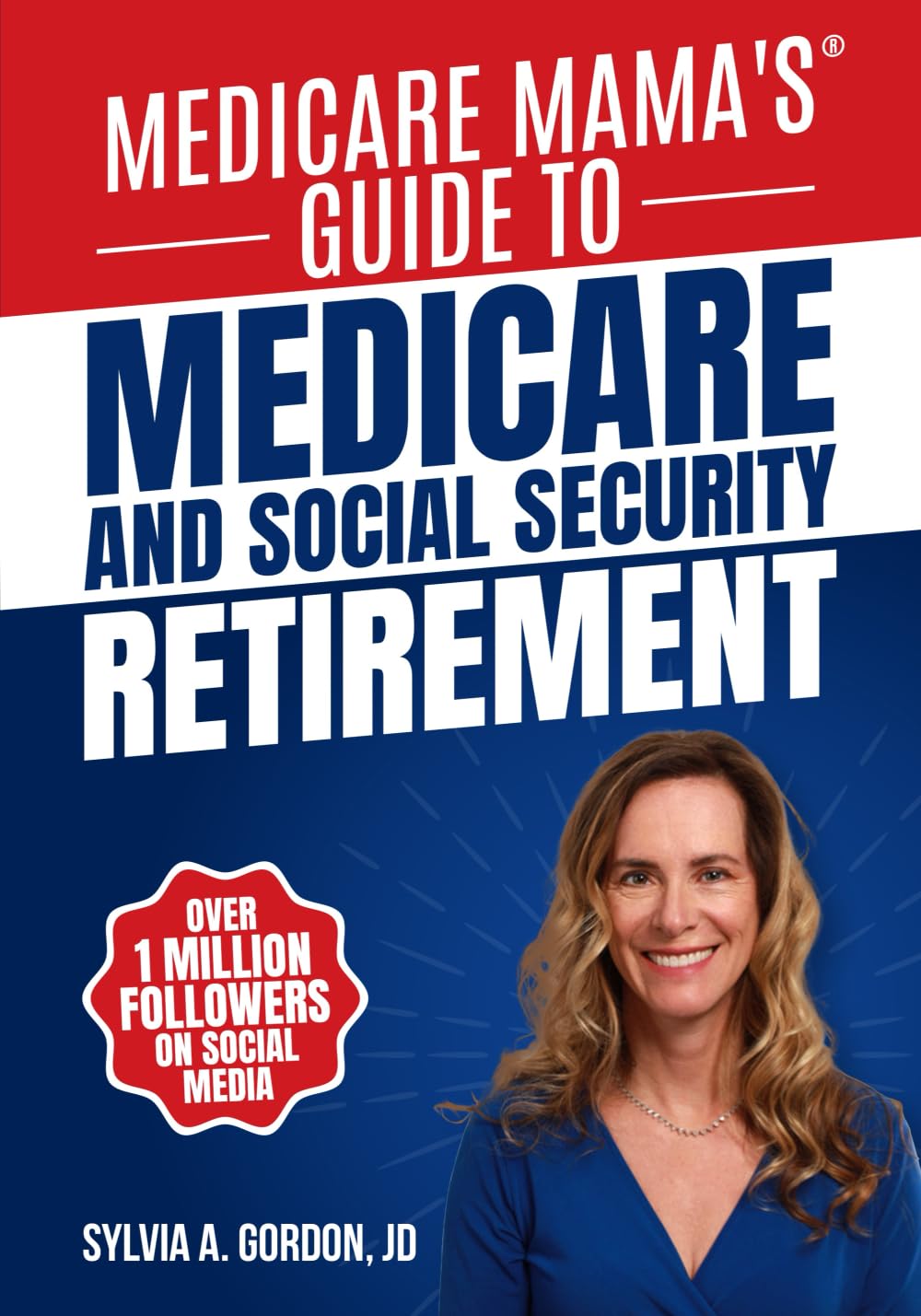Review of Medicare Mama’s Guide to Medicare and Social Security Retirement
As someone fascinated by personal finance and retirement planning, I was particularly drawn to Medicare Mama’s Guide to Medicare and Social Security Retirement! The book’s noteworthy promise to cut through the confusion surrounding Medicare and Social Security decisions resonated with me, especially given the significant changes in policies and programs scheduled for 2025.
Attorney Sylvia Gordon’s conversational tone and approachable style quickly put me at ease. The book is organized in a way that allows readers to digest complex topics—like Medicare Plans A, B, C, and D—without feeling overwhelmed. I appreciate the straightforward language, which avoids the legal jargon that often characterizes similar guides. In this, the book echoes some positive sentiments shared by other readers, like Lucinda Martinez, who praised its “simple, clear explanations.”
One of the standout features for me was the breakdown of Medicare Advantage vs. Medicare Supplements. The pros and cons clearly outlined helped me grasp not only what each option entails but also which might suit different financial and health scenarios. Sylvia mentions that millions of retirees make costly Medicare and Social Security mistakes, a truth I have seen echoed in various financial advisory discussions. Her insights on avoiding pitfalls like late enrollment penalties and IRMAA surcharges were incredibly valuable, especially for someone potentially entering this phase soon.
A major highlight for many readers, including Paige S., is how the book is full of essential information delivered in an engaging format. This is indeed the case; I felt equipped with actionable knowledge after each chapter. For instance, the Social Security Claiming Strategies section elucidates optimal claiming times to maximize benefits, which is vital for those navigating retirement.
However, as much as I loved the book, there were a couple of drawbacks I feel are worth mentioning. Some sections, while informative, could have benefited from additional examples to illustrate complex scenarios—something that Lisa Fa’amasino noted in her review about the depth of detail. There were points where I wanted a bit more context to fully grasp how certain strategies could vary based on individual circumstances.
Additionally, while the book is packed with excellent tips, it sometimes makes quick assumptions that could leave less financially savvy readers floundering. For example, discussing how selling a home can affect Medicare premiums might need more foundational explanation for someone completely new to the topic.
Overall, Medicare Mama’s Guide met my expectations and provided a thorough assessment of the Medicare landscape as it stands today, while also preparing for upcoming changes. Sylvia Gordon’s experience is palpable, lending credibility to her claims and advice. I felt reassured knowing that the author also provides additional resources, such as a Medicare Enrollment Readiness Checklist and a Social Security Claiming Strategies Guide, included with the book.
In conclusion, I highly recommend this book for anyone approaching retirement, especially if the intricacies of Medicare and Social Security seem daunting. Whether you’re just turning 65, a caregiver for aging parents, or even a professional in the field seeking to deepen your understanding, Medicare Mama’s Guide equips you with the knowledge to make informed decisions without the hassle. This is one resource I won’t hesitate to refer back to time and again.








